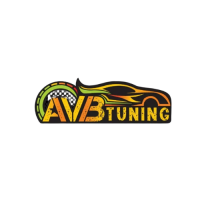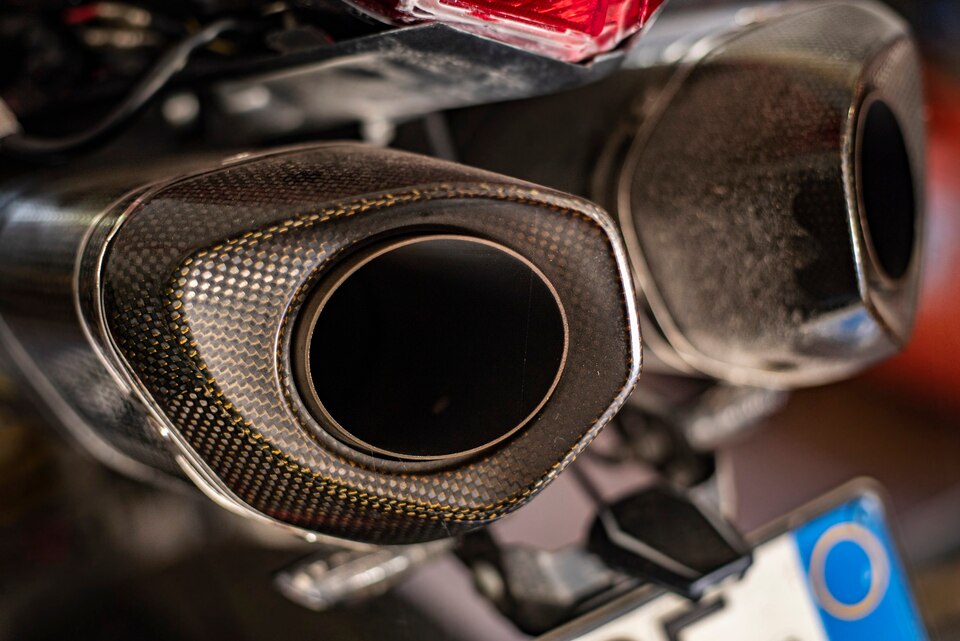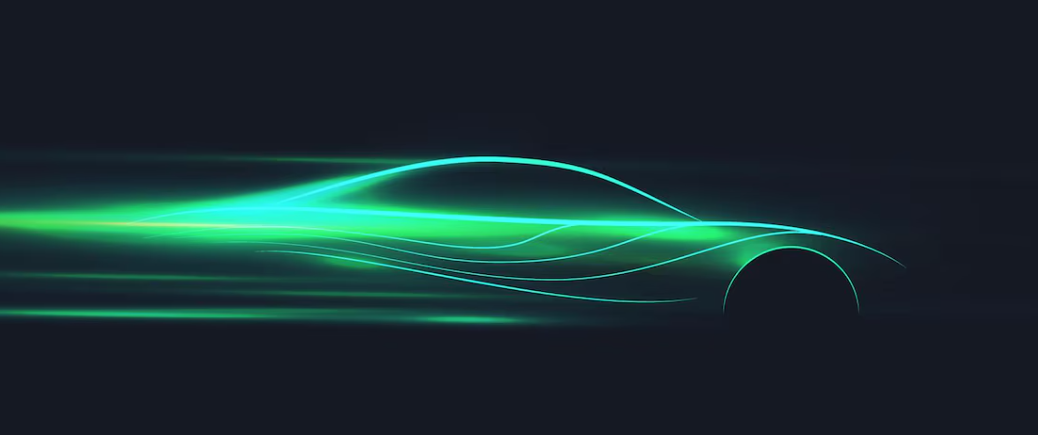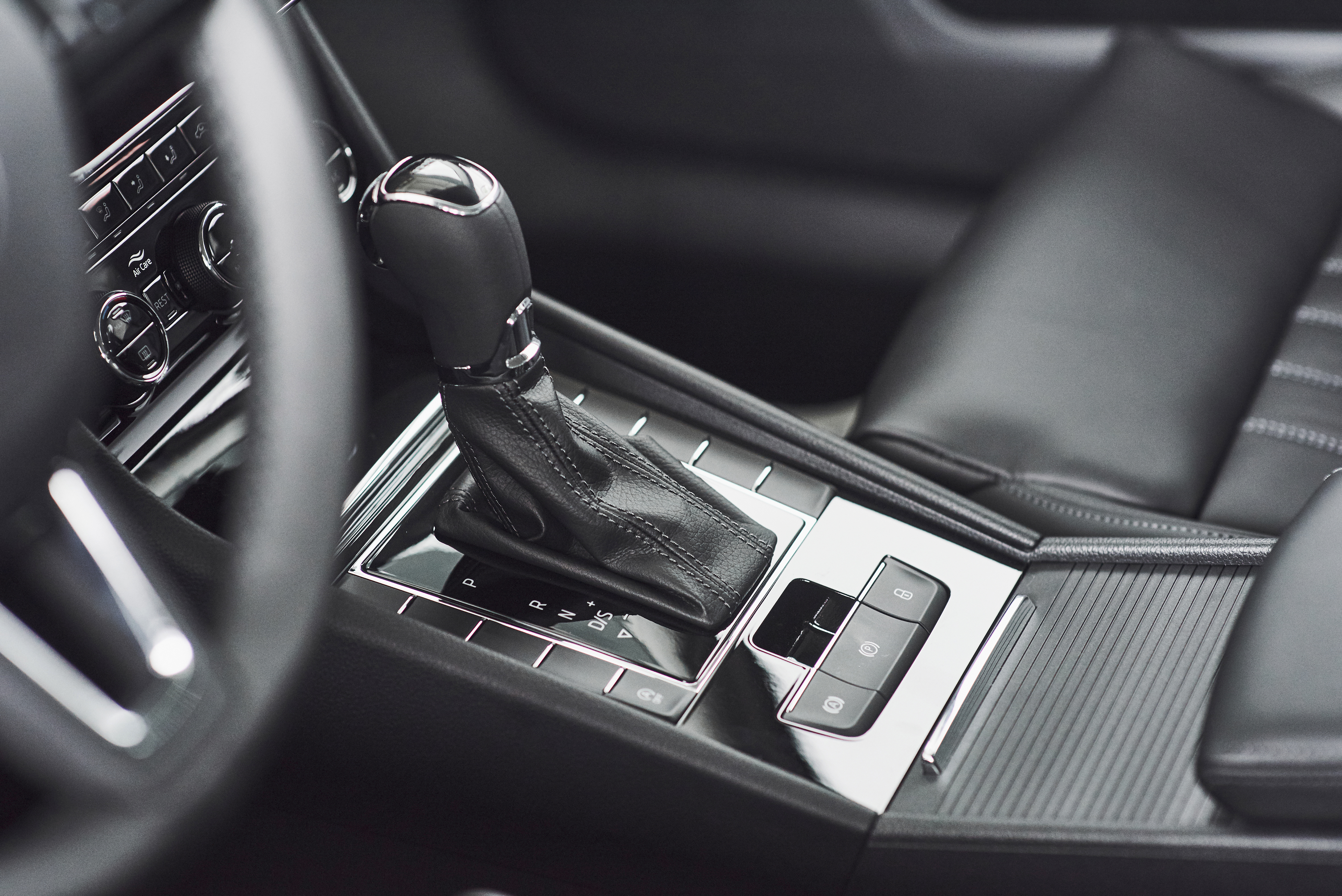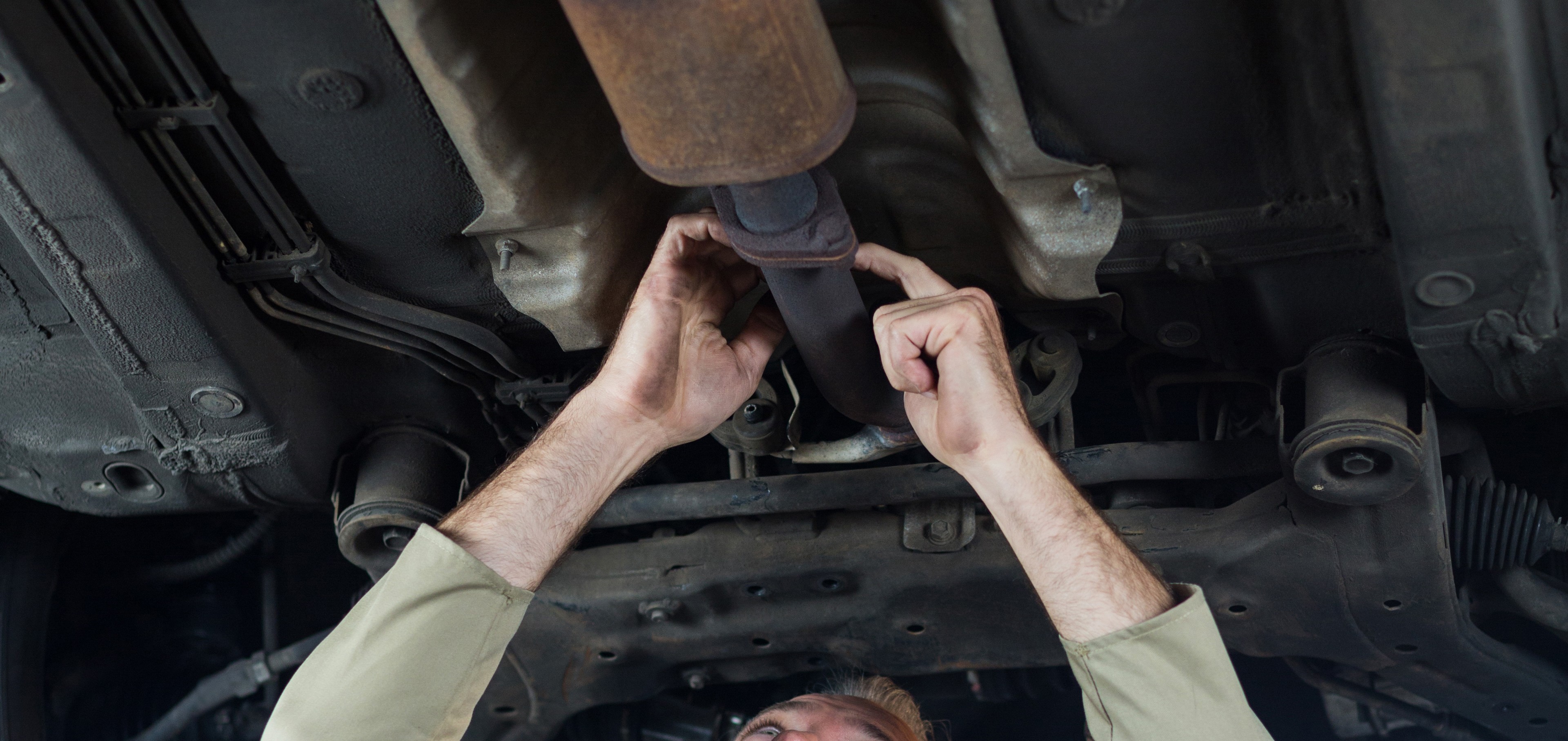Car Pops and Bangs Explained: From Science to Sound
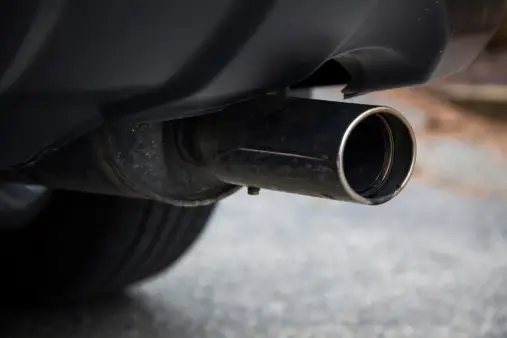
Strong 8k brings an ultra-HD IPTV experience to your living room and your pocket.
Picture this: you’re cruising down the road, and as you ease off the accelerator, your car lets out a series of sharp pops and bangs, maybe even a flicker of flame from the exhaust. It’s not a malfunction—it’s the thrilling sound of a car exhaust bang that’s become a hallmark of car enthusiast culture. Whether you’re chasing that aggressive pop and bang exhaust sound or just curious about what causes it, this guide breaks down the science, the best cars for the job, and the trends driving this automotive phenomenon. Let’s explore why car popping exhaust is so captivating and how you can safely achieve it.
What Are Pops and Bangs?
Pops and bangs are the crackling, popping, and banging noises that come from a car’s exhaust system, typically heard when you lift off the throttle or shift gears. These sounds are caused by unburned fuel igniting in the exhaust system, creating small explosions that echo through the pipes. In some cases, you might even see flames, adding a visual flair to the auditory spectacle.
This phenomenon, often called a pops and bangs tune, isn’t just random noise. It’s a deliberate modification that enhances the driving experience, giving your car a sporty, aggressive character. While some high-performance cars produce these sounds naturally, most enthusiasts achieve them through tuning, making their vehicles stand out with a car exhaust bang that turns heads.
The Science Behind Pops and Bangs
To understand the car popping exhaust, let’s dive into how a car’s engine works. In a typical internal combustion engine, fuel and air mix in the combustion chamber, where a spark plug ignites them to create power. The exhaust system then expels the burned gases. But for pops and bangs, the process is tweaked.
Through ECU remapping, the engine’s fuel injection and ignition timing are adjusted so that not all fuel burns in the combustion chamber. Instead, some unburned fuel enters the hot exhaust system, where it ignites, producing the iconic car exhaust bang. Here’s how it works:
Fuel Injection: The ECU is programmed to keep injecting fuel even after the throttle is lifted, sending unburned fuel into the exhaust.
Ignition Timing: The spark is delayed, allowing combustion to occur as the exhaust valve opens, pushing the flame front into the exhaust system.
This creates the distinctive pops and bangs. In turbocharged cars, this modification also acts as an anti-lag system, keeping the turbo spooled during deceleration for faster throttle response.
Why Do Cars Produce Pops and Bangs?
Pops and bangs can happen for two main reasons: natural engine behavior or intentional modifications.
Natural Causes: Some performance cars, especially those with turbocharged engines or short exhaust systems, produce pops and bangs naturally. For example, older rally cars often had this effect due to their engine designs. These sounds occur when unburned fuel ignites due to pressure differences or engine timing.
Induced Modifications: Most modern pops and bangs are the result of a pops and bangs tune. Enthusiasts modify their cars’ ECUs to create this effect, enhancing the exhaust note for a more aggressive sound. It’s not just about noise—it’s about making a statement, whether you’re driving one of the best cars for pops and bangs or a daily driver tuned for flair.
The appeal lies in the auditory thrill and the attention it draws. A pop and bang exhaust can make even a modest car sound like a supercar, boosting its presence on the road or at car meets.
Best Cars for Pops and Bangs
While almost any car can be tuned for pops and bangs, some models are particularly well-suited due to their engine designs or factory tuning. Turbocharged cars are especially popular because the modification can double as an anti-lag system, improving performance. These cars, as highlighted by BMWFanatics, are favored for their performance-oriented designs and compatibility with tuning. Many manufacturers, like Mercedes-Benz and BMW, even include mild pops and bangs as stock features in their performance models, making them some of the best cars for pops and bangs.
How to Achieve Pops and Bangs
Getting that coveted pop and bang exhaust requires careful modification. Here’s how it’s typically done:
ECU Remapping: The core of a pops and bangs tune involves reprogramming the ECU to adjust fuel injection and ignition timing. This ensures unburned fuel reaches the exhaust, where it ignites to create the sound.
Exhaust System Upgrades: While not mandatory, an aftermarket exhaust can amplify the car exhaust bang, making it louder and more pronounced. Systems like those from Akrapovič or Milltek are popular choices.
Professional Tuning: Companies like AVB Tuning offer custom tuning files that balance sound and safety. They adjust parameters like ignition timing (retarded by 10-15 degrees for moderate pops, up to 30 degrees for louder ones) to achieve the desired effect.
It’s critical to work with experienced tuners to avoid damaging your engine or exhaust components. Poorly executed tunes can lead to excessive heat or pressure, potentially harming valves or the turbo, as warned by Xcedeperformance.
Industry Trends and Statistics
The car tuning market, including pops and bangs tunes, is booming. According to Emergen Research, the global car tuning market was robust in 2020 and is expected to grow steadily through 2028, driven by demand for high-performance vehicles and aesthetic enhancements. Another report from Market Research Intellect estimates the market was valued at USD 5.3 billion in 2024 and is projected to reach USD 8.4 billion by 2032, with a CAGR of 6.8%.
Pops and bangs are a significant part of this trend, especially among younger enthusiasts who share videos of their modified cars on platforms like X or YouTube. The rise of social media has amplified the popularity of car popping exhaust modifications, as enthusiasts showcase their vehicles’ unique sounds. Passenger vehicles dominate the tuning market due to their widespread ownership and the availability of aftermarket parts, making pops and bangs accessible to a broad audience.
Safety and Legality Considerations
When done correctly, a pop and bang exhaust is safe and can even enhance performance in turbocharged cars by reducing turbo lag, as noted by Xcedeperformance. Manufacturers like Mercedes-Benz and BMW include mild pops and bangs in some models, proving their safety when properly engineered.
However, there are risks. Excessive tuning, especially Stage 2 modifications that require removing catalytic converters, can damage the engine or exhaust system due to high temperatures and pressures. Improper tuning can lead to long-term engine damage.
Legally, pops and bangs can be controversial. In regions like the UK, loud exhausts may violate noise regulations, and modified cars could face fines or fail inspections. Always check local laws before modifying your car to ensure compliance.
Conclusion
Pops and bangs are more than just noise—they’re a celebration of car culture, blending science, performance, and personality. Whether you’re driving one of the best cars for pops and bangs or tuning your daily driver for a car exhaust bang, this modification adds excitement to every drive. By understanding the science behind car popping exhaust and working with professional tuners, you can safely enjoy this thrilling feature.
Ready to give your car that head-turning pop and bang exhaust? Consult a reputable tuner, check local regulations, and get ready to experience the roar of a true performance machine.
Note: IndiBlogHub features both user-submitted and editorial content. We do not verify third-party contributions. Read our Disclaimer and Privacy Policyfor details.

